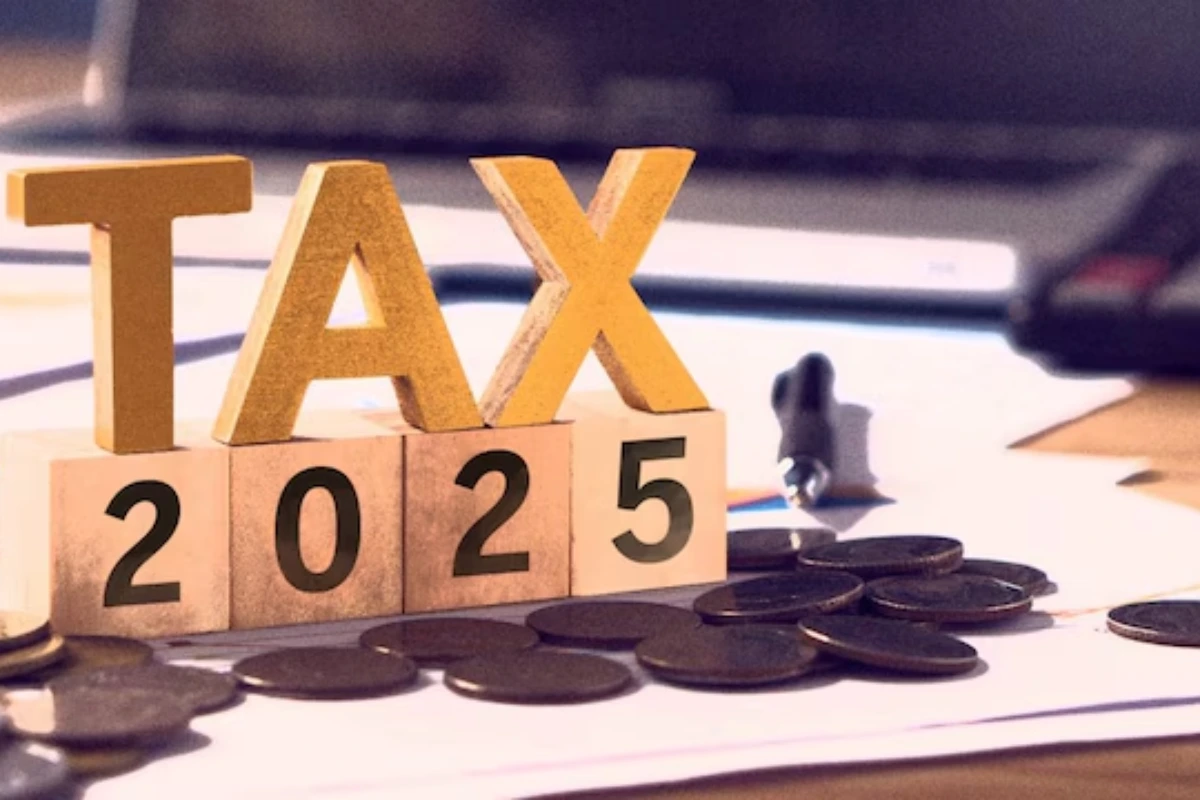The Income Tax Department is preparing to roll out a new and simplified income tax filing system under the Income Tax Act, 2025, which will replace the existing 1961 law. The new Act and the redesigned ITR forms will come into effect on April 1, 2026, impacting income earned in FY 2025–26. CBDT Chairperson Ravi Agarwal confirmed that the department aims to release the new ITR forms and rules by January 2026, giving taxpayers and businesses enough time to adapt.
New Forms in Line With the New Law
Agarwal said the department is finalising redesigned forms and a compliance structure aligned with the new tax system. The objective is to provide clarity, reduce complexity, and make the filing process more digital and user-friendly. Experts believe the new system marks one of the biggest structural changes in India’s tax administration in decades.
Major Changes You Will See in the New ITR Forms
1. New Tax Regime as the Default Structure
The government has been moving toward a simpler tax system with fewer exemptions and lower tax rates. The redesigned forms will present the new tax regime more prominently. Deductions and exemptions under the old system will still be available but in a more streamlined format. Experts say this will encourage taxpayers to shift to the simpler framework.
2. Less Legal Language and Cleaner Format
The new ITR forms will reduce legal jargon, add step-by-step instructions, and use simpler tables. The number of sections under the new law has been reduced, making compliance easier.
3. Better Matching With AIS–TIS and GST
The updated filing system will rely more on auto-filled data and cross-verification with the Annual Information Statement (AIS), Taxpayer Information Summary (TIS), and GST returns for business filers. This improved matching is expected to reduce errors, mismatches, and tax notices.
4. Separate Capital Gains Reporting
Taxpayers will need to report capital gains based on two time periods: transactions before July 23, 2024, and transactions on or after that date. This aligns disclosures with new tax rates and indexation rules.
5. Higher Threshold for Reporting Assets and Liabilities
The current requirement to declare assets and liabilities for individuals with a net worth above Rs 50 lakh will be increased to Rs 1 crore. This will provide relief to middle-income households whose assets have appreciated over time.
6. More Taxpayers Can Use Simplified Forms
Eligibility for ITR-1 and ITR-4 will expand, allowing more individuals, pensioners, and small businesses to file using simpler forms, even with certain categories of capital gains.
7. Extended Deadlines for Transition
For Assessment Year 2025–26, filing deadlines will be extended to help taxpayers, consultants, and companies adjust to the new system.
8. More Transparency for High-Value and Complex Incomes
While the process will be simplified for ordinary taxpayers, high-net-worth individuals and those with complex income structures will face more detailed disclosures. This is intended to reduce tax evasion and improve monitoring.
9. Fewer Disputes and Errors
With clearer instructions, better auto-filled data, and transparent deductions, the new filing system is expected to reduce incorrect income classification, deduction errors, AIS mismatches, and unnecessary notices. Tax expert Dinkar Sharma says the redesigned forms provide “relief to routine taxpayers while increasing checks on complex income structures.”
